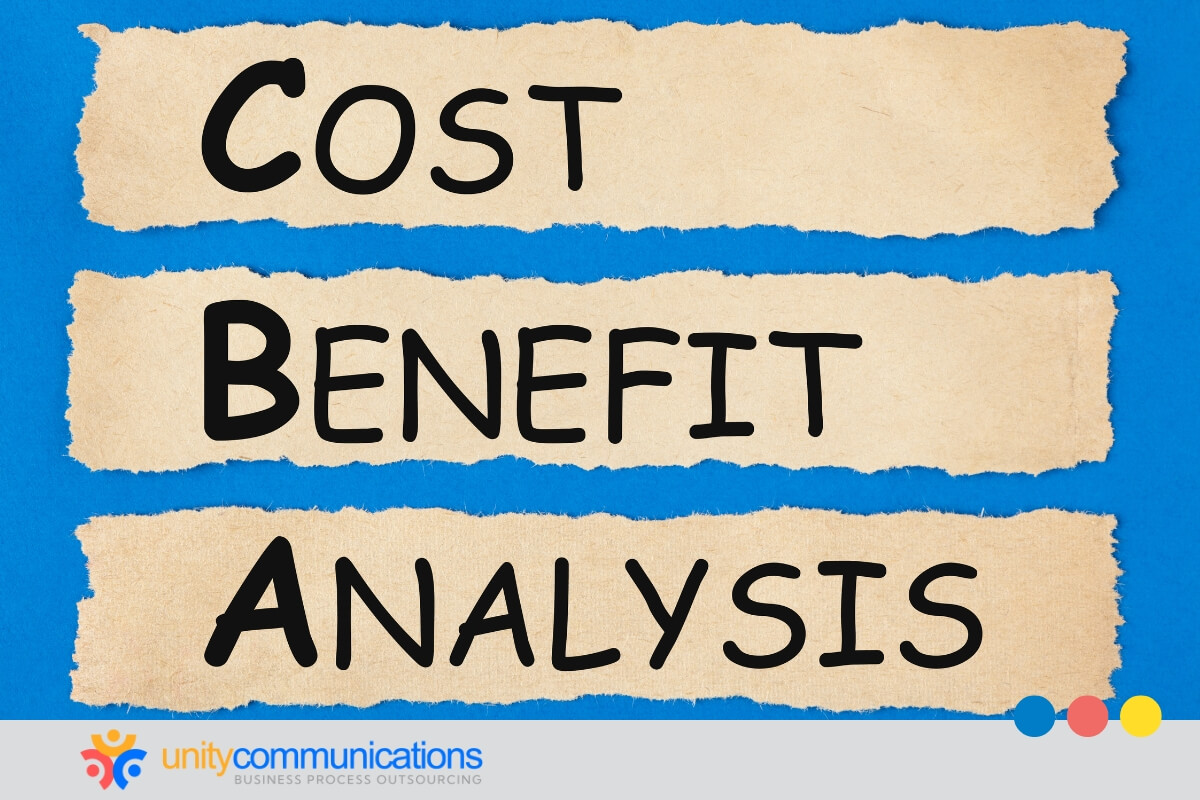Table of Contents
More and more businesses are harnessing the power of a remote global workforce. To guarantee success in this venture, they hire employer of record (EOR) services.
EOR services allow organizations to streamline human resource (HR) processes, talent acquisition efforts, and market expansion initiatives.
But is partnering with an employer of record worth it?
In this article, you’ll learn how to assess the suitability of EOR services for your business. You’ll also understand the benefits and potential disadvantages of EOR services to determine their value proposition better. Keep reading!
1. Analyze your workforce management needs

Before exploring EOR services, examine your company’s structure and needs. This step helps you analyze your workforce management capabilities and understand if the practice adds value to your operations.
Consider how many employees you plan to hire and where you want to find them. Are you planning to hire seasonal or full-time remote staff in your target market?
Analyze these objectives against your current HR team’s capabilities to handle a growing international workforce. Track the time and resources your team currently spends on the following tasks to see if they are maximizing your assets:
- Payroll management
- Benefits administration
- Tax administration
- Compliance management
- Onboarding and offboarding
Consider the combined cost of your internal HR staff’s salaries and benefits versus EOR fees. If these functions strain your internal team and budget, hiring an employer of record might be more cost-effective and worth it.
EOR services are best for handling a moderate to high number of new hires, typically above five employees. Providers can also help you with the complex legalities of hiring employees in countries with unfamiliar regulations, tax laws, and employment practices.
2. Evaluate the advantages of leveraging EOR services

Similar to information technology (IT) support outsourcing, EOR partnerships involve delegating tasks to an external provider. This practice offers benefits similar to business process outsourcing (BPO) but focuses more on global expansion and risk mitigation.
EOR’s features make it widespread among businesses of all sizes, especially small- to medium-sized businesses (SMBs). With the shift to remote work and the growing gig economy, more companies are turning to this practice. According to Valuates Reports, the global EOR market reached $4.6 billion in 2023.
How exactly can this practice benefit your company? Here are some of its most prominent advantages:
Reduced administrative HR burden
An employer of record saves hours’ worth of administrative headaches as it specializes in all aspects of workforce management.
EOR services allow you to reallocate your internal HR resources to strategic activities that improve employee morale, reduce overhead costs, and increase productivity. If your team spends significant time on administrative tasks, partnering with an EOR is ideal.
Improved compliance management and risk mitigation
An EOR efficiently handles compliance tasks, from providing data entry services to maintaining accurate and complete employment records. Partnering with a provider is helpful for businesses that need more expertise and resources in these areas.
The EOR has dedicated teams that stay up-to-date with any changes relevant to your industry, ensuring adherence to the following:
- Employment regulations
- Termination laws
- Payroll taxes codes
- Corporate income tax regulations
- Data privacy laws
- Workplace safety codes
It reduces the risk of legal, financial, and reputational damage due to noncompliance.
Simplified global expansion and market entry
As an employer, establishing a record in a different region might not seem worthwhile as it can be time-consuming and resource-intensive. However, for your business to grow, seizing such opportunities is crucial. You can tap into new markets, access a diverse talent pool, and increase your global competitive advantage.
EOR services streamline your market expansion plans by helping you navigate the complexities of international talent hiring and management. They have established subsidiaries in the countries in which they operate.
With an EOR as your staff’s legal employer, you can eliminate the need to set up your local agency. It speeds up recruitment and onboarding, leading to quicker time to productivity and significant cost savings.
Access to a broader talent pool
EOR services are ideal when recruiting specialized talent. According to Deloitte, businesses in Germany are turning to this practice to overcome labor shortages of skilled workers.
EOR providers collaborate with recruitment agencies in various regions. Leveraging their resources allows you to tap into a wider pool of qualified candidates for your niche across geographic borders.
In addition, an EOR understands local employment trends, helping you offer attractive compensation packages with diverse benefits and competitive salaries.
Increased flexibility and scalability
An EOR allows you to seamlessly adapt your workforce to meet business goals and requirements. It can help you find temporary hires, project-based talent, and full-time employees.
Whether you’re experiencing fluctuating seasonal trends, project changes, or unexpected growth spurts, the EOR can help scale your team up or down as needed. This feature offers the following benefits:
- Rapid onboarding
- Simplified termination
- Reduced hiring costs
- Flexibility without commitment
- Reduced risks
3. Conduct a thorough cost-benefit analysis

When is investing in EOR services worth it? It depends on their value proposition. A cost-benefit analysis, where you compare potential expenses with anticipated returns and gains, is essential to find out.
Here’s a quick guide to help you with this assessment:
Step 1: Gather cost information
Before diving into calculations, collect data about your current HR costs, such as the following:
- Office space costs for HR personnel
- Internal HR team salaries and benefits
- Payroll processing fees, including software subscriptions and tax filing
- Employee benefits administration costs, such as premiums and admin fees
At the same time, consider potential EOR costs by requesting quotes from various providers with different pricing structures. These include monthly, per-employee, and transaction-based fees. Ask about hidden rates, such as setup, termination, or location-specific compliance expenses.
Step 2: Quantify and compare the costs and benefits
Once you have the necessary information, quantify your potential costs and savings to decide whether employer of record services are worth it.
Calculate the estimated savings from the cost factors previously mentioned. Then, quantify the tangible benefits of EOR services, such as reduced errors and penalties. Also consider intangible benefits, which typically include but are not limited to:
- Streamlined HR processes
- Increased focus on core activities
- Improved employee morale
- Mitigated risks
- Faster hiring and onboarding
Step 3: Analyze the results
Compile the information from your cost-benefit analysis spreadsheet. It should clearly present the total costs of your current in-house HR operations and the potential costs and savings associated with hiring an EOR.
Then, calculate the net value for each option by subtracting the total costs from the total benefits. If the analysis shows a positive net value, where the benefits outweigh the expenses, choosing an EOR leads to a financial gain.
Even if the net value is slightly negative, consider the intangible benefits of improved employee morale, reduced compliance risk, or increased HR agility. These can outweigh the slight financial cost difference.
The bottom line
Are employer of record services worth it? If you think your internal HR resources need extra hands and expertise, then the answer is yes. An EOR partnership is ideal whether you are looking to improve process efficiencies, global expansion, compliance management, onboarding speed, or scalability.
However, the best way to know is to carefully compare your workforce management goals and needs against potential EOR benefits. Conducting a cost-benefit analysis can better illustrate the practice’s value proposition, helping you make more informed decisions.
Are you considering EOR services but have reservations? Let’s connect and discuss the potential benefits and cost savings from partnering with us.




